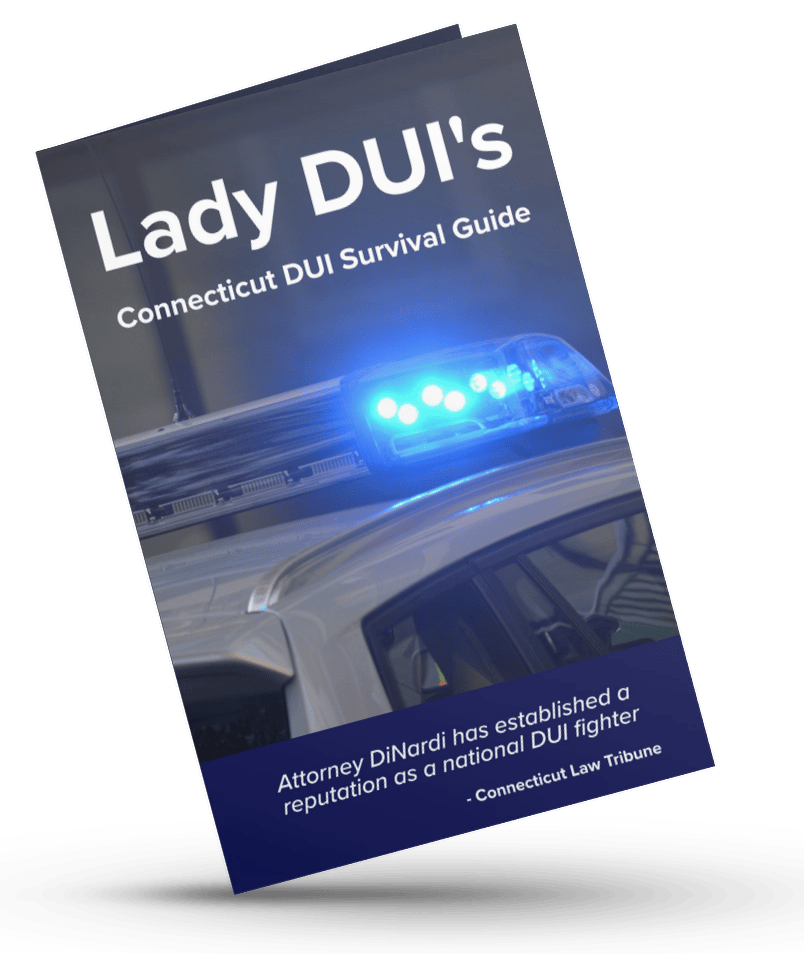DUI checkpoints are used by police manage the risks and dangers of drinking and driving, especially over holiday weeks. Checkpoints can seem intimidating, even for someone that has not had a sip of alcohol, because police officers are doing several things when stopping a driver at a checkpoint. Learn more about these checkpoints here.
Police officers are trained in drunk driving detection, and the most common indicators are the odor of alcohol emanating from a person or the vehicle, bloodshot or glassy eyes, open alcoholic drinks in the car, confusion, slurred speech, and erratic driving.
From the moment a vehicle is approaching the checkpoint, the officer is analyzing the person’s driving and whether they are stopping appropriately. After rolling down the window, the officer will do several things in a matter of seconds. The officer will smell for alcohol, look into the driver’s eyes, glance into the vehicle, and speak to the driver by asking one or more questions or even just saying a “good evening” to see how the driver will respond.
Are Checkpoints Legal?
Call us today to schedule a free consultation with my team. Hope will not fix your Connecticut DUI charge. Contacting us can!
A common misconception is that checkpoints are not legal because there is a right against unreasonable searches and seizures from the government. This, however, is an incorrect assumption because the Supreme Court, as well as Connecticut courts, have held that DUI checkpoints are not considered to be “unreasonable.” Therefore, it is wise for drivers to refrain from rolling down their windows at checkpoints and claiming that the checkpoint is illegal or arguing with officers about their right to stop them.
Checkpoint Rules
Although DUI checkpoints are legal and not a violation of citizens’ rights, the Supreme Court also ruled that there are certain guidelines that law enforcement must follow when conducting these stops.
First, the checkpoint site must be in an area that does not put motorists and officers at risk because frequent stops could increase the dangers of driving.
Second, the site must be in an area that has a history of DUI arrests or accidents.
Third, the checkpoint must be marked as a checkpoint and be approved by senior officers. Lastly, officers must be neutral in deciding who to stop and cannot use a bias like race, gender, or socioeconomic status as a reason to stop a vehicle. For these reasons, law enforcement will actually publicize checkpoint locations, dates, and times, and therefore, it allows drivers to avoid them or take a different route if out driving at that time.
Even with checkpoints being marked and publicized, most drivers will find themselves approaching one at some point in their lives. The most important thing to remember is to remain calm and follow directions, whether you consider checkpoints a minor inconvenience or the thought of police interaction is utterly terrifying. The best tool for a smooth interaction is cooperation with the officer.
Many times, the officer is just going to say hello or ask you where you are coming from. Only answer the questions asked and do not provide any additional information. If the situation escalates to the officer requesting that the driver step out of the vehicle, the driver should fully comply. If arrested, the driver should remain calm and remember that it is best to not fight the arrest but rather contact a lawyer for defense as soon as possible.
DUI checkpoints are commonly used in Connecticut, but luckily, they can be avoided by keeping up with local police department Facebook groups, websites, or even Twitter accounts. If you do, however, find yourself in trouble after a DUI checkpoint, it is best to contact a lawyer who can help you as soon as you can. Contact Lady DUI today to speak with an attorney who can help.


